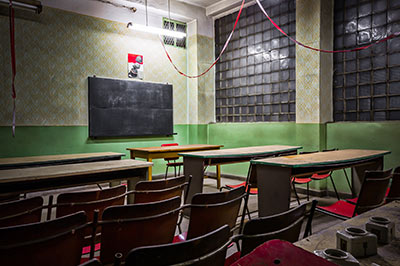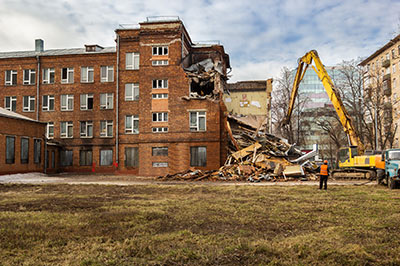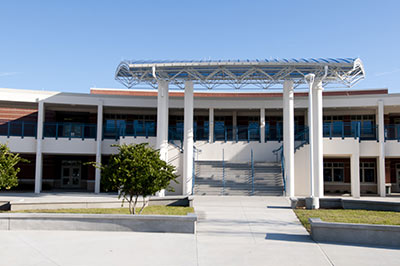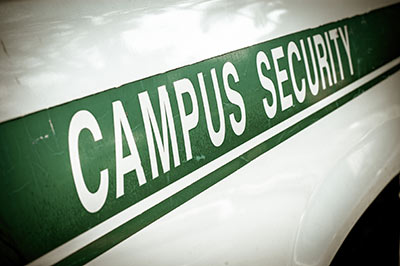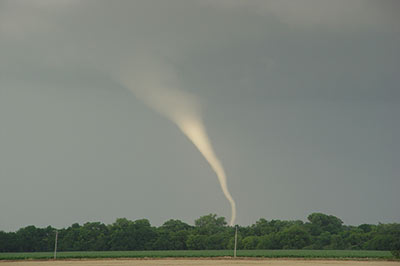Tag: School Safety
Long Range Facilities Planning And Design Implementation For Students with Disabilities: A Guide for New Jersey School Districts
Education Law Center, 2005. The scope of this document is limited to the intersection of facilities planning and inclusion of students with disabilities. For further information about issues related to other aspects of facilities planning, you can visit ELC’s website at www.edlawcenter.org. With respect to other aspects of inclusion, please note that this document is just the tip of the iceberg. Moving from separation of students with disabilities to inclusion requires extensive planning and staff training. It goes without saying that enhancing a district's ability to educate children with disabilities--from mild to significant--will not result simply from creating more and better physical spaces in their neighborhood schools. Reducing the separation of children with disabilities will be impacted as much by increasing teacher expertise, changing attitudes and instituting innovative program models as it will be by adding square footage to buildings. The offices involved in the preparation of this document would be glad to help districts in their efforts to deal with these critical aspects of inclusion of students with disabilities.
Safe and Adequate: Using Litigation to Address Inadequate K-12 School Facilities
David G. Sciarra, Koren L. Bell And Susan Kenyon, 2006. In the last twenty years, courts throughout the country have entertained claims relating to disparities in school funding. Early school finance suits sought to equalize inputs in terms of per pupil or overall expenditures. More recently, the advent of rigorous state accountability plans and the federal No Child Left Behind Act has pushed the question of the resources and conditions necessary for all students to achieve at high levels to the fore. Advocates argue “If the states are making schools and students accountable, then surely the states have a reciprocal duty to make certain that the students have an opportunity to learn....” Accordingly, school finance suits have shifted away from equality of inputs and toward the adequacy (or lack thereof), of public education.
School Nutrition Professionals’ Involvement in the Equipment Purchasing and Facility Design Process
Mary Frances Nettles and Deborah H. Carr, 2009. The process of purchasing foodservice equipment or designing school nutrition (SN) facilities can be one of the most challenging yet critical tasks SN directors undertake in their careers. Research related to foodservice equipment and facility design has primarily focused on available equipment in schools to implement The Dietary Guidelines for Americans (DGA) and on the decision process to select food production systems in schools. Current research is limited on the involvement of SN directors in purchasing equipment or facility design projects. The purpose of this study was to conduct a needs assessment to determine the current state of involvement and knowledge of SN directors in the facility design and equipment purchasing process.
Evaluating Earthquake Retrofitting Measures for Schools: A Cost-Benefit Analysis
Smyth, Deodatis, Franco, He, & Gurvich, 2004. Department of Civil Engineering and Engineering Mechanics, Columbia University. Based on a cost-benefit approach for evaluating seismic mitigation options for apartment buildings in Istanbul, Turkey, this paper presents a demonstration study for a hypothetical vulnerable school building. A probabilistic cost-benefit analysis provides a useful framework for assessing seismic mitigation measures, taking into consideration limited resources and social costs. The hypothetical school is analysed over a variety of time-horizons to determine the break-even point for investments for several seismic retrofitting options.
Making Schools Safe From Earthquakes
Federal Emergency Management Administration (FEMA). Risk Management Series Publication. Chapter 4. Design guide for improving school safety in earthquakes, floods, and high winds.
A Tested, Inexpensive Way to Protect Buildings from Earthquakes
Kelly, 2013. In 1985, construction workers in the southern California city of Rancho Cucamonga put the finishing touches on an unremarkable looking yet revolutionary building. Foothill Communities Law and Justice Center is a four-story courthouse located just 12 miles from the San Andreas fault, the crack in the Earth’s crust responsible for the devastating 7.9 magnitude quake that struck southern California in 1857 and the infamous 1906 earthquake in San Francisco.
State urges better security at schools, but funds scarce
Boston Globe, 2014. Money is short to retrofit existing buildings. Massachusetts schools have new guidance on security from a state report out this summer that recommended monitored entrances, classroom door locks, and other security measures, but money is scarce to retrofit existing buildings, local school officials say.
Tornado Preparedness for Schools
Presentation by Gallagher Bassett Service, Inc. Risk Control Consulting Services. This video provides shelter identification, pre-season to do lists, pre-storm to do list, etc.
FEMA Course: IS-100.SCA: Introduction to the Incident Command System for Schools
Federal Emergency Management Administration (FEMA), 2013. The Emergency Management Institute developed the Introduction to ICS for Schools (IS-100.SCa for Schools) course in collaboration with the U.S. Department of Education. The course is designed primarily for kindergarten through high school personnel.



